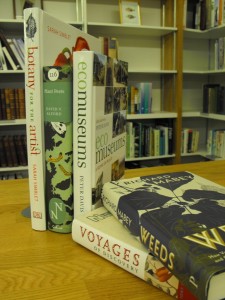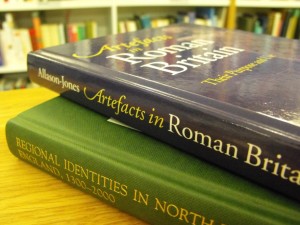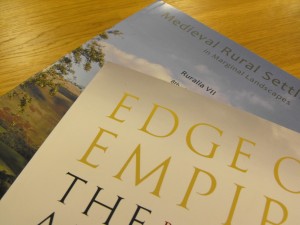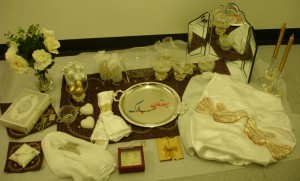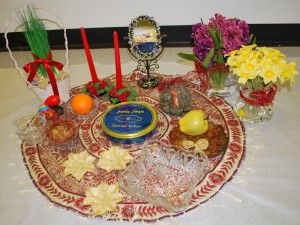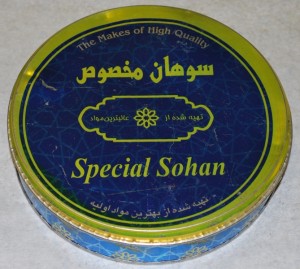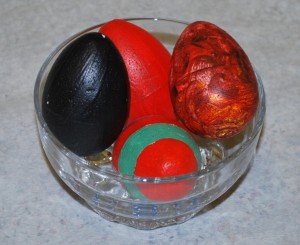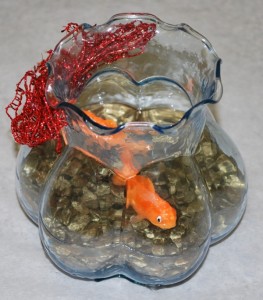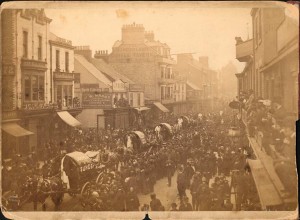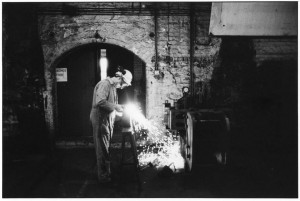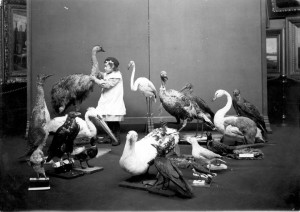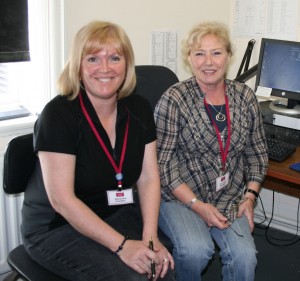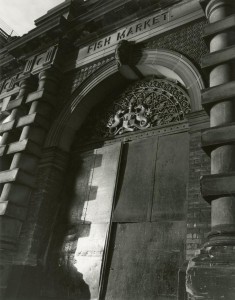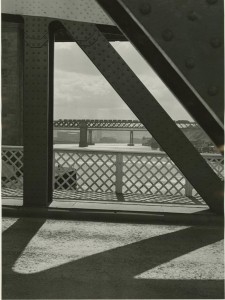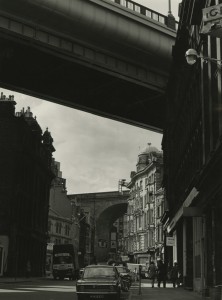In previous library blogs the focus has been on the older books and archives in the collections. However, all three library collections have current material and are acquiring new books regularly. So in this blog I thought I’d take a look at some of the new material that has come into the library over the last few weeks, just to give a flavour of the kind of recently published books that you can expect to see in the Great North Museum library. Many thanks go to library volunteer, Sarah Bailey, who has helped with the descriptions of these books.
The Natural History Society of Northumbria
Plant pests / David V. Alford, Collins, 2011
This book is No. 116 in Collins’ New Naturalist Library series. Written by entomologist David V. Alford, the book focuses on the natural history of the insects and mites in our farms and gardens.
Weeds: how vagabond plants gatecrashed civilisation and changed the way we think about nature / Richard Mabey, Profile, 2010
Described as the “first ever cultural history of weeds” Mabey looks at weeds from a whole new perspective.
Botany for the artist / Sarah Simblet, Dorling Kindersley, 2010
This beautiful book is full of colour photographs and illustrations. It provides some inspirational examples for anyone interested in botanical drawing or knowing more about the structure of plants.
Ecomuseums: a sense of place / Peter Davis, Continuum, 2011
In this 2nd edition Peter Davis develops the idea of the ecomuseum and considers the worldwide increase in museums embracing the “ecomuseum ideal”. Moving from theory to practice Davis uses individual case studies to demonstrate the spread of this concept.
The Society of Antiquaries of Newcastle upon Tyne
Artefacts in Roman Britain: their purpose and use / Lindsay Allason-Jones (ed.), Cambridge University Press, 2011
This work, written by experts in their individual fields, looks at the material culture of Roman Britain. Aimed at both students and general readers, artefacts are discussed both in terms of identification and use.
Regional identities in North-East England, 1300-2000 / Adrian Green, A.J. Pollard (eds), Boydell Press, 2007
This collection of essays is the result of a research project undertaken by five North East universities. The essays examine and question the idea of a single regional identity and consider the implications of this on our understanding of regionalism.
The Cowen Library
Edge of empire, Rome’s Scottish frontier: The Antonine Wall / David J. Breeze, Birlinn, 2008
This book looks at the Roman invasion of southern Scotland in the second century AD and the building and abandonment of the Antonine Wall. The story is brought to life using up-to-date evidence and beautiful photography. Emphasis is placed on the archaeological importance of the Wall as a proposed World Heritage site.
Medieval rural settlement in marginal landscapes / Jan Klápště, Petr Sommer (eds.), Brepols, 2009.
The papers brought together here are the product of discussions held at the seventh Ruralia conference, held in Cardiff in 2007. The papers examine the difficulties of settlement in marginal landscapes, exploring the problem not only as a physical concept, but also as a social and cultural idea.
This is just a small selection of our new books. If you’d like to look at them or see what else is new why not come and visit the library.
For library opening times please visit the Museum’s website or phone 0191 2223555 for more details.
(Please note that the library will be closed for Easter from 22 April until 3 May).
